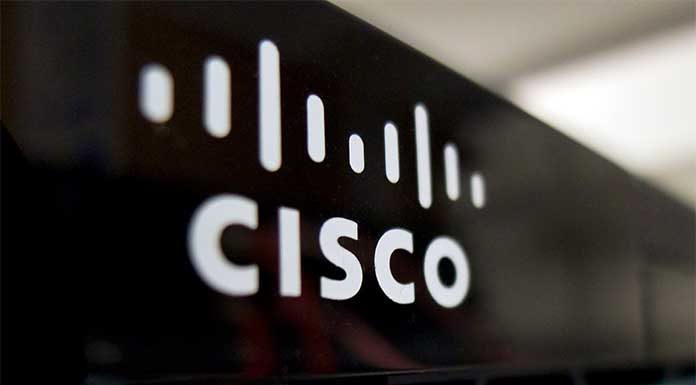The global enterprise wireless local area network (WLAN) market is growing at a very moderate pace. According to the IDC Worldwide Quarterly WLAN Tracker, the market rose 1.9% year over year in the second quarter of 2018 (2Q18) with worldwide revenues of $2.5 billion. The enterprise segment grew 2.6% year over year in 2Q18 to $1.5 billion.
The report said that the 802.11ac standard now accounts for 85.2% of dependent access point unit shipments in the enterprise segment and 94.5% of dependent access point revenues, marking this standard's full penetration into the market. Beginning late in 2018 and early in 2019, the market will begin to shift toward adoption of the new 802.11ax standard.
Meanwhile, consumer WLAN market revenue increased slightly, up 0.8% in 2Q18 compared to a year earlier, finishing at $1.0 billion. In 2Q18, the 802.11ac standard accounted for 49.4% of shipments and 73.9% of revenue. 802.11ac remained a bright spot in the consumer WLAN segment in 2Q18 with revenues increasing 13.1% year over year and shipments increasing 32.8%.
“The enterprise WLAN market continues to see moderate, steady growth, underscoring the importance of wireless networking for businesses of all sizes around the world,” said Brandon Butler, senior research analyst, Network Infrastructure at IDC.
Key geographies for enterprise WLAN market
From a geographic perspective, the enterprise WLAN market saw its strongest growth in 2Q18 coming from Japan, which grew 23.0% year over year, and from the Latin America region, which rose 8.9% on a year-over-year basis. Mexico, Latin America's largest market, saw a 24.5% revenue increase from a year earlier while Brazil's revenues were up 30.1% on the year. Central and Eastern Europe (CEE) also saw healthy growth rates with regional revenues increasing 6.3% compared to 2Q17. Notable CEE markets included Russia with a 7.3% year-over-year gain and Poland's with 12.9% growth, said IDC.
The Asia Pacific excluding Japan region grew 3.8% year over year in 2Q18. Standouts in the region included China, the largest market in the Asia Pacific, which grew 19.7%, and India, which increased revenues 17.9% year over year. The United States market rose 2.1% year over year. The Middle East and Africa region were nearly flat, down 0.3% year over year, while Western Europe's WLAN market declined 2.9% compared to 2Q17. Germany, which is the largest market in the Western Europe region, saw a 7.8% year-over-year decline, while France helped hold back more dramatic declines by posting 7.9% growth.
“While WLAN is a fairly mature market in the U.S., many regions around the world are expected to increase their investment in wireless technology, which will help fuel growth in the broader worldwide market throughout the coming year,” said Petr Jirovsky, research manager, IDC Networking Trackers. “Meanwhile, the coming introduction of 802.11ax will lead to a new wave of refresh cycles for enterprises, providing an expected boost to the market starting later this year or early next year.”
Key players in enterprise WLAN market
Cisco's worldwide enterprise WLAN revenue increased 3.3% year over year in 2Q18 and was up 12.5% sequentially between the first and second quarters of 2018. Cisco's worldwide market share was 43.6% in 2Q18, in line with the company's 43.3% share in 2Q17. IDC says that the Meraki cloud-managed WLAN portfolio remains one of the primary growth drivers for Cisco.
Aruba-HPE, excluding its OEM business, revenues fell 10.3% year over year in 2Q18 but rose 38.9% from 1Q18. Aruba-HPE's market share stands at 15.1% in 2Q18, down from 17.2% in 2Q17.
ARRIS, Ruckus continued to perform very well in 2Q18 and grew 19.3% year over year and 1.5% sequentially. ARRIS, Ruckus now accounts for 6.7% of the enterprise WLAN market, up from 5.8% in the same quarter of 2017.
Ubiquiti recorded another quarter of strong growth in 2Q18, increasing 10.8% year over year. Ubiquiti accounted for 5.7% of the enterprise market in 2Q18, up from 5.3% in 2Q17.
Huawei once again experienced very strong growth in 2Q18, increasing 16.0% over 2Q17 and up 42.8% sequentially from 1Q18, while claiming 5.1% market share versus its 4.5% market share in 2Q17.







